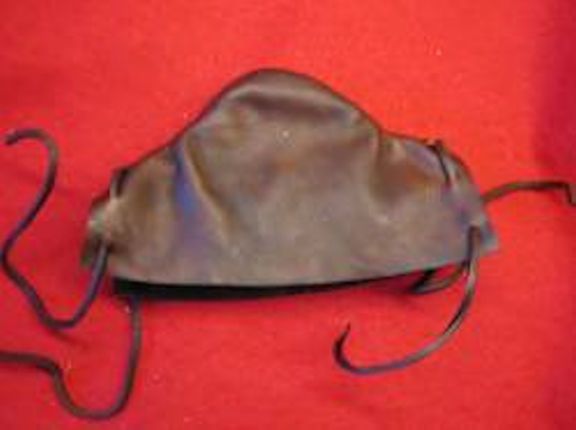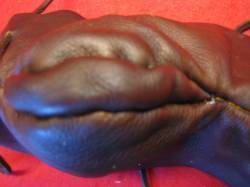My flintlock won't leak and water can't get in the pan.
CAN'T get in. Why is that? Because it's a handmade rifle with a custom fitted lock.
This one:
http://www.custommuzzleloaders.com/buckscounty.html
He also build my .58 jeager.
They always goes ka-boom. I use Swiss 4 fg pan powder.
I use Goex for starting camp fires. Just sayin'.
The bees was trick is a good idea I think but Vaseline would be much easier to work with
in cold weather. Bees Wax hardens up quick when cold but whatever.
I bought 8 one pound blocks of bees wax 20 + years ago. Whatever was I thinking?
I have many muzzle loaders, modern firearms, ammo,
outdoor equipment,.........................
I don't drink, chase women, ( one caught ME! ) smoke
dope, I just buy guns, ammo, and such.







